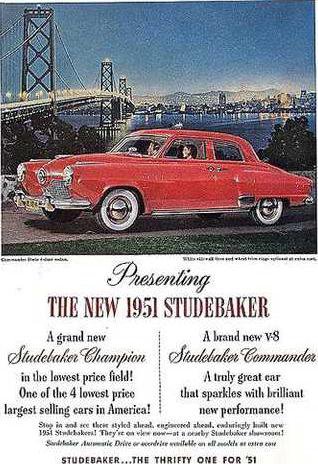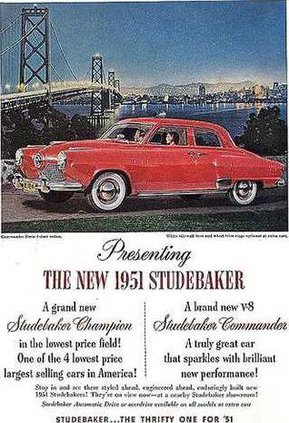Each week we’ll take a step back into the history of Great Bend through the eyes of reporters past. We’ll reacquaint you with what went into creating the Great Bend of today, and do our best to update you on what “the rest of the story” turned out to be.
This week, we head back to September, 1987. Twenty-five years may seem like a long time to some, but to others, it’s barely the blink of an eye.
Still, a look at what the price of beef was going for at the time tells the story in dollars. Chuck roast was advertised for $1.09 a lb., and bacon was going for $1.69 a pound. A box of saltine crackers could be had for 69 cents, and a can of Campbell’s chicken noodle soup went for 37 cents. Folgers coffee went for an amazing $1.89 for a one pound can. Folgers doesn’t even come in one pound cans anymore. Today, you can purchase an 11.3 ounce plastic container of Folgers Classic Roast for $4.48.
Hudson Cream and Farm Aid
Granted, coffee isn’t a local crop, but wheat is. In 1987, Hudson Cream flour was advertised for 49 cents for a five pound bag. Just a year earlier, the company that sells Hudson Cream, Stafford County Flour Mills in the tiny town of Hudson, in neighboring Stafford County was at a crossroads and action needed to be taken. The Krug family had owned it since 1904. With the Krugs wanting to retire, and no one to pass the business on to, several in the little town of Hudson were worried the mill might be shut down if it were sold to a larger company from out of the area, and several local jobs would be lost. The owners agreed to sell a controlling interest to a locally-owned holding company made up of members of the community. The arrangement made it possible to keep Stafford County Flour Mills owned and operated locally.
The company has since grown, and new flour lines have been added. A tornado destroyed the mill offices in 2000, but they rebuilt the offices, and in 2004 celebrated 100 years in the business. They are still going strong today. The five pound bag today costs $2.70, according to the company website.
Monday, September 14, 1987, “Farm subsidies don’t buy rural development” by AP writer Don Kendall ran in The Great Bend Tribune. The lead, “A private researcher says rural economic problems are too deep and too visceral to be solved by another boost in farm subsidies, made in hopes that added billions of dollars in local circulation will make small towns bloom,” certainly painted a gloomy picture of life in rural America. The story went on to tell of economic decline since the 1960s and pervasive high unemployment in rural areas. It suggested more active government role in planning coordinating and sometimes directing investment decisions would be the remedy.
Since then, Reagan’s presidency ended, and we’ve had Bush, Clinton, Bush and now Obama as President. Is rural development better or worse, and if so, has it come from more or less governmental involvement?
Later that week, Farm Aid III was held at Memorial Stadium in Lincoln, Neb on Sept. 19. Performers included Alex Harvey, Emmylou Harris, Steppenwolf, Vince Gill, Lyle Lovett, John Denver, Lou Reed, John Mellencamp, Neil Young, Bandaloo Doctors, Joe Walsh, Willie Nelson, The Unforgiven, Dr. Starr, and off site The Grateful Dead.
According to the website, Farm Aid is still working to keep family farmers in business, as they were when the organization began in 1985 in response to several farmers facing foreclosure and being forced out of business. The farm crisis of the 1980s has subsided, but it seems only so long as adequate subsidies and programs are supported by the federal government. By the way, a bushel of wheat yields about 42 pounds of flour. Though farmers are bringing in more dollars per bushel of wheat today, the costs of producing those bushels continues to grow. Successful farmers continue to expand the amount of acreage they work, and small farmers continue to grow more and more rare.
Steinle’s Studebakers
Another fun story from this week in 1987 was about Elmer Steinle of Russell. Steinle owned a collection of Studebakers, including four pickup trucks, a 1951 Commander and a 1964 Lark Cruiser. According to the story, he was planning to retire from the position of Fire Chief for Russell and take on the career of a full-time Studebaker owner.
While we couldn’t discover what happened to Steinle or his collection of Studebakers, one thing hasn’t changed. Among collectors, Studebakers will always have a home. Several collectors clubs continue to thrive, but now they post on blogs and on YouTube. The 1951 Commander is still a much revered car by Studebaker lovers, and to others, the strange, jet-like look of the front of the car still gets second and third looks, not always appreciative. A quick look on ebay.com found a fully restored Studebaker Commander of 1955 for $27,000, while at the other end of the spectrum, a rusted out body without an engine could be had for less than $2,000.
Out of the Morgue
Stafford Mill and Studebaker Collector





